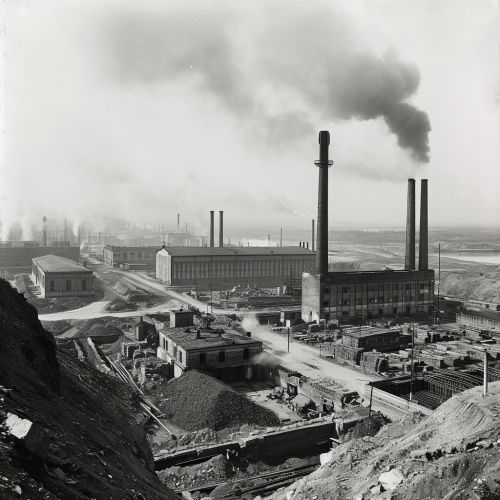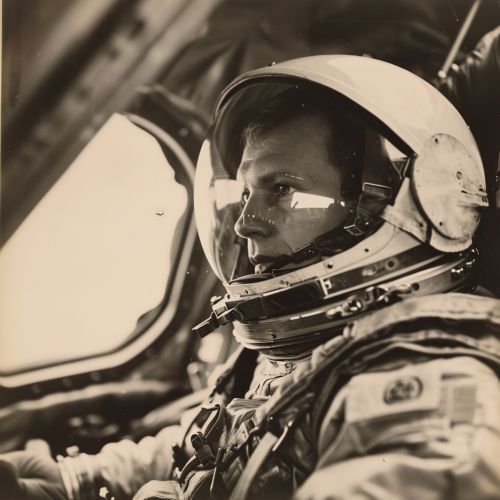Soviet era
Early Soviet Era (1917-1928)
The Russian Revolution of 1917 marked the beginning of the Soviet era, a period of profound political and social change in Russia. The revolution led to the formation of the Union of Soviet Socialist Republics (USSR), a new state that would grow to become one of the world's two superpowers during the 20th century.


The early Soviet era was characterized by a struggle for power within the Bolshevik Party. This struggle culminated in the ascendancy of Joseph Stalin, who would rule the USSR with an iron fist for nearly three decades.
Stalin's Rule (1928-1953)
Stalin's rule was marked by a series of Five-Year Plans aimed at rapid industrialization and collectivization of agriculture. These policies led to significant economic growth, but also caused widespread famine and suffering, particularly in the Ukrainian SSR.


Stalin's regime was also characterized by a pervasive political purge, known as the Great Purge, during which hundreds of thousands of people were executed or sent to Gulag labor camps.
Post-Stalin Era (1953-1985)
After Stalin's death in 1953, the USSR entered a period of relative liberalization known as the Khrushchev Thaw. Under the leadership of Nikita Khrushchev, the USSR pursued a policy of peaceful coexistence with the West, while continuing to compete with the United States in the Space Race and other areas.


The period from the mid-1960s to the mid-1980s, often referred to as the Era of Stagnation, was marked by economic slowdown and political conservatism.
Perestroika and the End of the Soviet Era (1985-1991)
In 1985, Mikhail Gorbachev came to power and initiated a series of reforms known as Perestroika (Restructuring) and Glasnost (Openness). These reforms, intended to revive the Soviet economy and make the USSR's political system more democratic, instead led to a crisis that culminated in the dissolution of the USSR in 1991.
